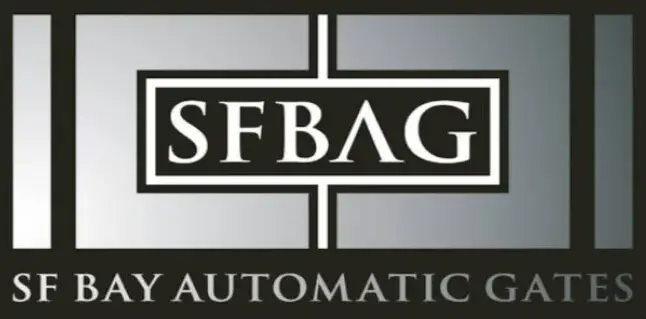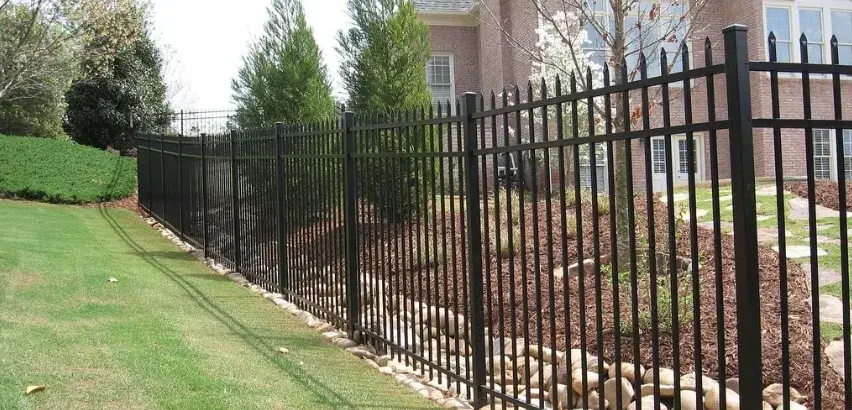When considering the implementation of steel fences, the initial step involves a detailed site assessment and preparation to ensure ideal alignment and structural strength. This process includes measuring the perimeter, marking accurate locations for the posts, and excavating postholes to specified depths, typically around 24 to 36 inches, depending on local frost lines and soil conditions. The installation of steel posts, which should be set in concrete to secure them firmly, sets the foundation for attaching horizontal rails and panels, which are crucial for the overall stability and aesthetics of the fence. Exploring the nuanced techniques involved in these steps reveals insights into achieving both functional and visually appealing outcomes. What remains to be discussed are the specific types of steel and coatings best suited for different environmental conditions, which greatly impact the longevity and maintenance needs of the fence.
Installation Steps for Steel Fences
Installing a steel fence involves several critical steps that must be followed to guarantee both durability and aesthetic appeal.
First, site preparation is essential; confirm the area is clear of debris and vegetation. Utilizing professional-grade tools, such as a post-hole digger or an auger, excavate holes approximately 24 to 48 inches deep, depending on local frost lines and building codes.
Next, anchor the fence posts securely. This step often involves pouring concrete footings, which should be allowed to cure for at least 24 hours. Use a level to verify that each post is perfectly vertical before the concrete sets completely.
After the footings have cured, attach the horizontal rails to the fence posts using corrosion-resistant brackets and screws. Verify the rails are level to provide a uniform appearance and structural integrity.
The final step is the installation of the steel panels. Each panel should be aligned carefully and attached to the rails with appropriate fasteners, confirming minimal gaps and consistent alignment throughout. Check each connection point for stability.
Advantages of Steel Fences
Steel fences offer numerous advantages, making them a preferred choice for both residential and commercial property owners.
To start with, their robust structure provides superior security, acting as a formidable barrier against intrusion. Manufactured from high-grade steel, these fences are engineered to withstand adverse weather conditions, from corrosive coastal environments to icy northern climates, ensuring durability and longevity.
Furthermore, steel fences require minimal maintenance. Unlike wood that needs regular painting and treatment, steel surfaces are often galvanized or coated with a powder finish to resist rust and fading, thereby maintaining their aesthetic appeal with little upkeep. This aspect is particularly beneficial for busy property owners or large-scale installations where maintenance logistics can be cumbersome.
The modular design of steel fences enhances installation flexibility, allowing for customization according to specific perimeter requirements and aesthetic preferences. This adaptability ensures that steel fences can seamlessly integrate into diverse architectural styles, from modern industrial to traditional.
In addition, steel fences improve property value. Their sleek appearance and lasting functionality make them an attractive feature for prospective buyers, thereby contributing to the overall marketability of the property. This strategic investment not only secures premises but also fosters a sense of belonging and community pride among residents and proprietors alike.
Read more
Ornamental Metal Fences: Design Options and Installation Guide

